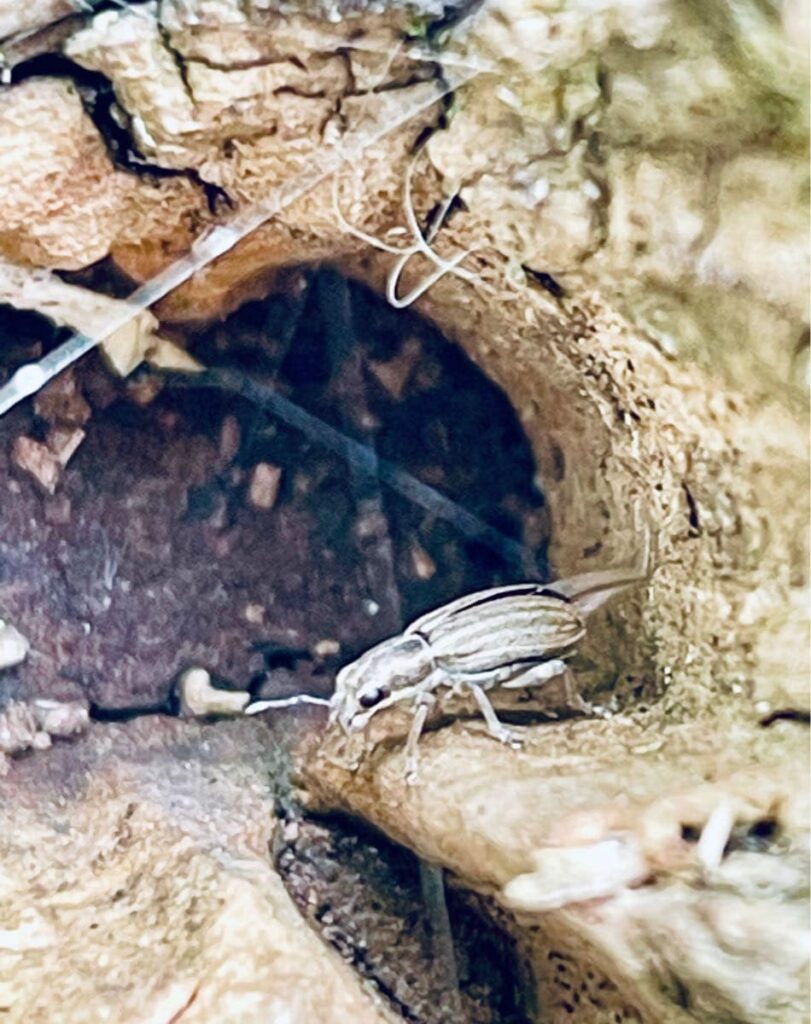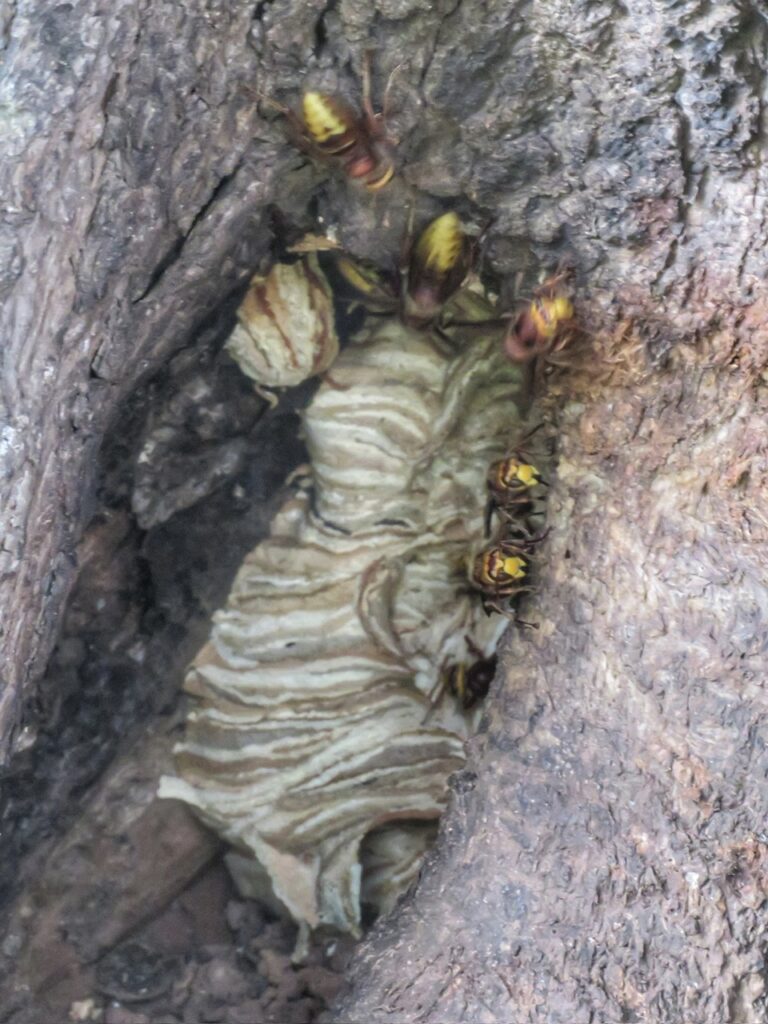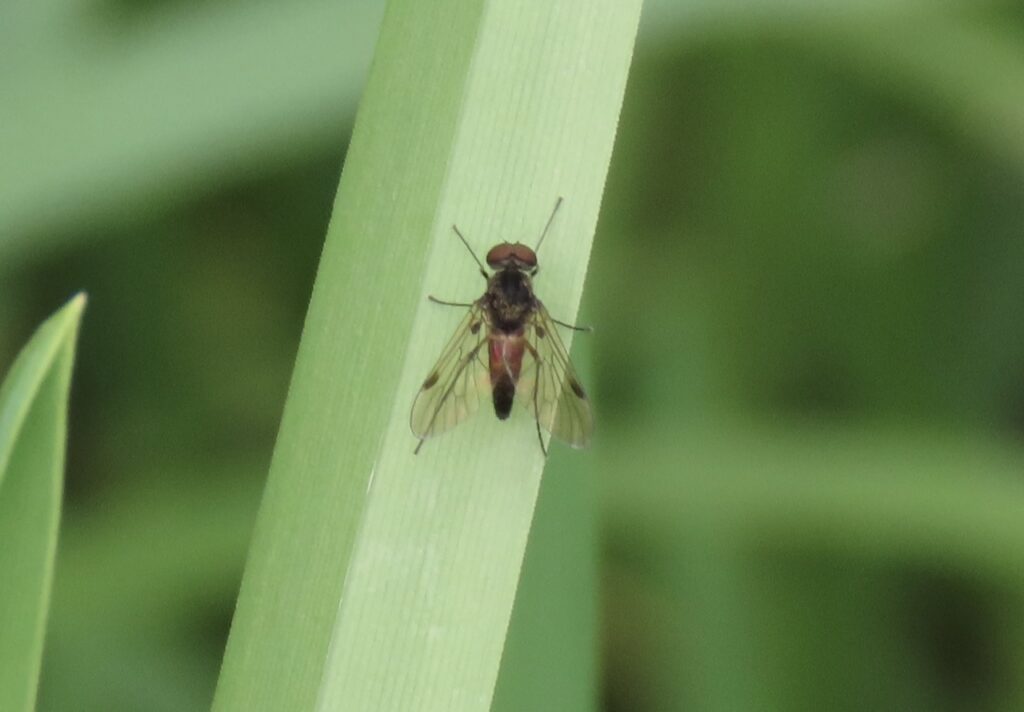Insects are the most diverse group of animals on Earth, with over 1 million known species. Insects play an important role in the ecosystem of Wollaton Park, as pollinators, decomposers, and food for other animals. Some insects are also pests, but they also provide us with many valuable products, such as honey, silk, and insect-based medicines.

Butterflies and Moths
There are many species of butterflies, moths can caddisflies that can be found in Wollaton Park.
They play an important role in the environment as pollinators and indicators of the health of ecosystems.
Damselflies & Dragonflies
Damselflies and dragonflies are both members of the same family. They play an important role in maintaining a healthy ecosystem as predator.


Bees
Bees are important pollinators in Wollaton Park and are critical for maintaining the park’s ecosystem. Bees help to pollinate the flowers of many plants in the park, including wildflowers, shrubs, and trees. This process is essential for the reproduction of these plants, and without bees, many of the park’s plants would not be able to produce seeds and reproduce.
The Hardy Plant Society Nottingham has a collection of photographs of Bees in the Botanic Garden in Wollaton Park.
Beetles & Bugs
Beetles and Bugs are important in many ecosystems as they play key roles in pollination, decomposition, and pest control.


Ladybird
Ladybirds are tiny park superheroes! These beetles gobble up aphids, mealybugs, and other sap-sucking insects that damage plants. Their hearty appetites keep these pests in check, promoting healthy plant growth which benefits the park’s entire ecosystem.
Weevils
Weevils are beetles that help to control invasive plants and break down dead plant material, playing an important role in maintaining healthy ecosystems.


Grasshoppers
Grasshoppers are long-bodied, jumping insects with long antennae and powerful hind legs. They are typically green or brown, but some species may be yellow, red, or black. They are herbivores and feed on plants.
Ants
Wood ants, also known as carpenter ants, are social insects found in wooded areas. They construct intricate nests in decaying wood, displaying impressive teamwork and organization. With powerful mandibles, they can bite and spray formic acid as a defense mechanism. Wood ants play a crucial role in forest ecosystems by recycling decaying organic matter.


Hornets
Hornets are large, social wasps that play an important ecological role as predators, preying on a wide variety of insects, including flies, beetles, caterpillars, and other wasps. They also eat spiders, snails, and even small vertebrates. By preying on these insects, hornets help to control their populations and prevent them from becoming pests.
They also play a role in pollination as they travel from flower to flower in search of food.
Hoverfly
Hoverflies help plants reproduce by carrying pollen from flower to flower, just like bees do. Hoverflies are also super helpful in gardens because they eat aphids, helping keep their population under control.
Photo: Batman Hoverfly. Credit. Erica Thomson


Snipefly
Snipeflies, with their maggots feasting on dead snails and slugs, act as nature’s decomposers. They break down waste, returning nutrients to the soil and helping plants thrive. This keeps ecosystems functioning smoothly.
Crane Fly
The crane fly is a long-legged flying insect. Its larvae, called “leatherjackets,” live in moist soil and play a crucial ecological role as decomposers, breaking down organic matter and cycling nutrients back into the soil. Both the larvae and adults are an important food source for a wide variety of animals, including birds, badgers, bats, frogs, and spiders, making them a vital link in many food chains.
Photo: Nigel Downes


Crickets
Crickets help break down dead plants and animals, returning nutrients back to the soil, keeping the ecosystem healthy. They are also a food source for many animals.
Photo: Ade Spencer

